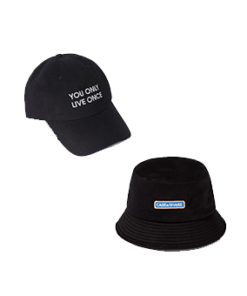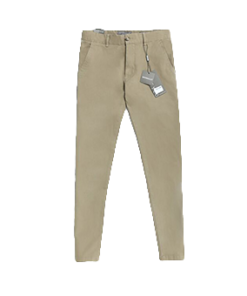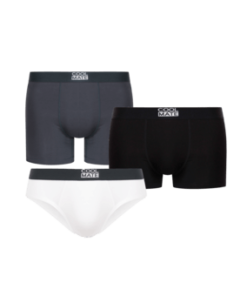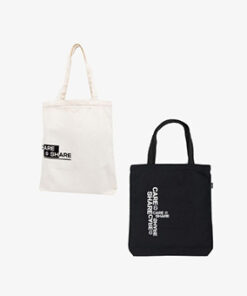Tin tức
What is a QR Code + How Does It Work?
What is a QR code?
Short for quick response, QR codes are scannable barcodes that store data. In the marketing sphere, they’re commonly used to redirect users to landing pages, websites, social media profiles, or store coupons.
For instance, someone can place a QR code on the back of their business card to direct you to their LinkedIn profile. A QR code on a billboard may send you to a landing page.
QR codes vary in design and function, and primarily fall into one of the following categories — static or dynamic.
>>> Color QR Code Maker-Generate and parse
Static vs. Dynamic QR Codes
After going live, the data included in a static QR code cannot be changed. So, if you make a mistake, you’ll have to make a new one. Static codes don’t expire, so you’re good to go after setting the content.
For things like Wi-Fi passwords, employee ID numbers, and access codes, static QR codes are the way to go. However, if you need to update your data frequently, they won’t be of much help.

You can edit your information endlessly with dynamic QR codes. The reason behind this is that the data isn’t hard-coded into the programme. Rather, it takes them to a customisable URL that may be altered whenever desired. The menu on a restaurant’s website, for instance, can be easily redirected.
The capacity to collect scanning metrics is a big advantage of dynamic QR codes. You can view the time, location, and device used for each scan, but you can’t access personal information from users. As marketers, we are well-aware of the importance of these metrics for measuring the success of a campaign.
>>> Rick Roll Qr Code Prank With No Ads Video And Fake Link
How do QR codes work?
A QR code functions in a manner analogous to supermarket barcodes. The many bits of data represented by the black squares and dots that make up a QR code are varied. The distinct pattern on the barcode is transformed into data that can be read by humans when it is scanned. The entire process takes only a few seconds.
In order to use the code, users need a QR reader or scanner; however, these days, the majority of people use their smartphones for this purpose. In case your mobile device isn’t equipped to handle QR scanning, you can find numerous free applications such as NeoReader and QuickMark Barcode Scanner.
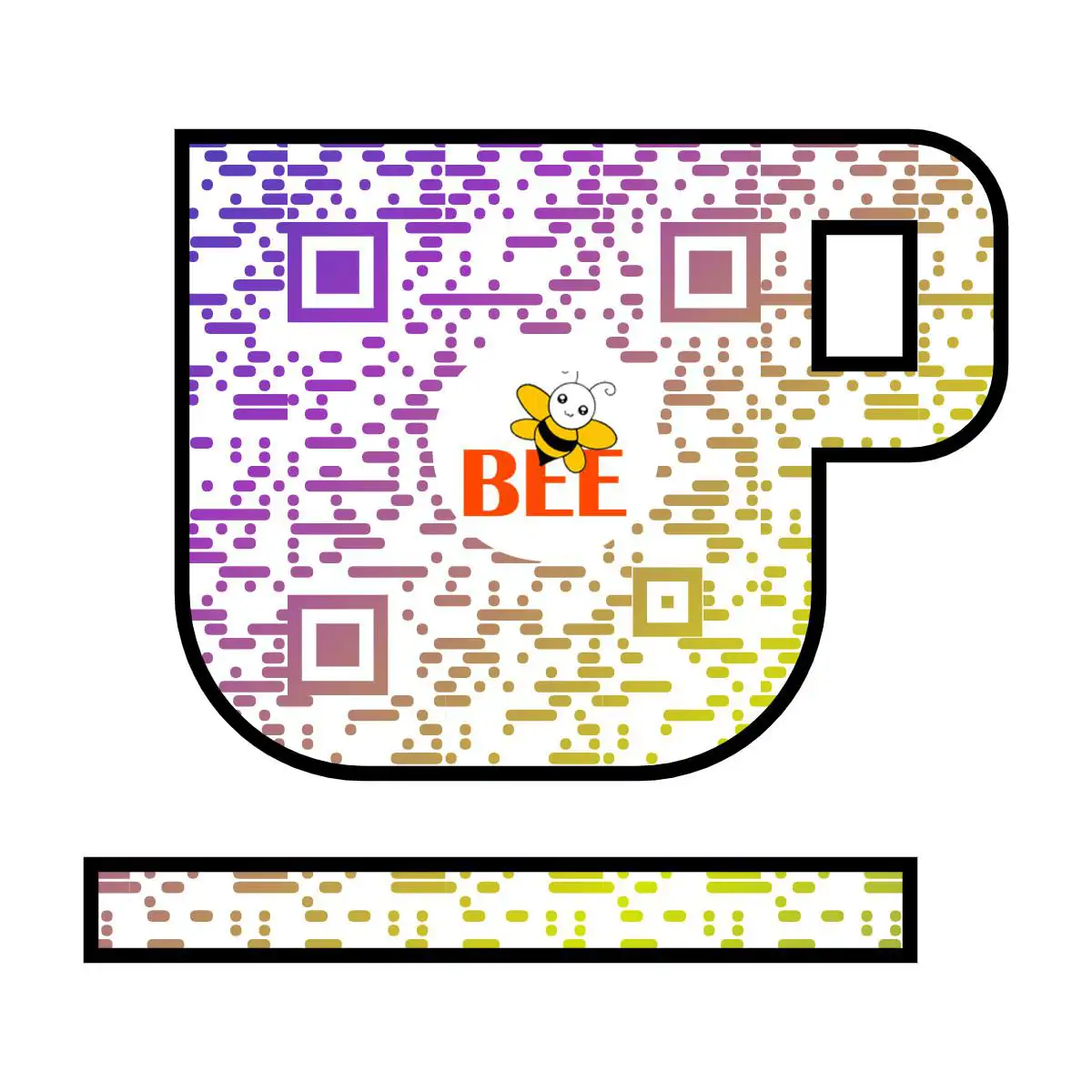
QR Codes for Marketing
QR codes can help you stand out from the crowd.
One of the first lessons in marketing is the importance of setting your company apart from the competition. With proper usage, QR codes have the potential to pique the interest of both current and potential clients. Take advantage of this moment to drive sales by directing interested parties to exclusive deals or helpful content with QR codes. To further encourage scanning, you can design and print custom die-cut stickers with QR codes.
Consider SparkPlug Coffee, who recently held a contest in which participants could win prizes only by scanning a QR code.
QR codes let you target consumers on the go.
Do you not, as a retailer, wish there was a means to communicate with clients while on the move? Incorporate quick response (QR) codes into your print ads and storefront signage. You can use QR codes to make it very easy for customers and prospects to access your information fast on their phones. It’s great for in-store coupons or an easy method to sign up for your newsletter.
Posted on the front entrance of one of their stores was this signage designed to attract customers to their frequent shopper programme, which is offered by outdoor sports equipment company REI. They steered the conversation away from the programme and onto the benefit—dividends—by offering a QR code that would lead to a list of things that could be bought with the dividends.
QR codes make real life interactive like the web.
Since digital ads are more engaging and easier to monitor than their traditional counterparts, more and more companies are directing their advertising resources in this direction.
By transforming static content into dynamic call-to-action buttons, QR codes bring an interactive element. You can engage customers in a variety of ways, for as by asking them to post a Google review or by sending them to a branded Facebook page.
Many public spaces, including parks, libraries, and museums, are using QR codes to animate exhibits and park benches. One such example is this piece on display at New York’s Whitney Museum of American Art:
.QR codes are free and easy to set up.
Businesses may easily design QR codes that link to their landing pages by using one of several available tools. Users can simply click on the code to be directed to that website.
In just a few minutes, you can create QR codes with the help of tools like Flowcode and QRCode Monkey. These generators also give you the right image formats to incorporate into your designs.
There’s no denying that QR codes are now trending in the marketing world. Make sure you prioritise value creation if you’re considering incorporating them into your strategy. Incorporate as few clicks as possible while ensuring that each code directs to a valuable source, such a voucher or promotion.
>>> Use this link to create your own QR code: https://Beeqrcode.com



